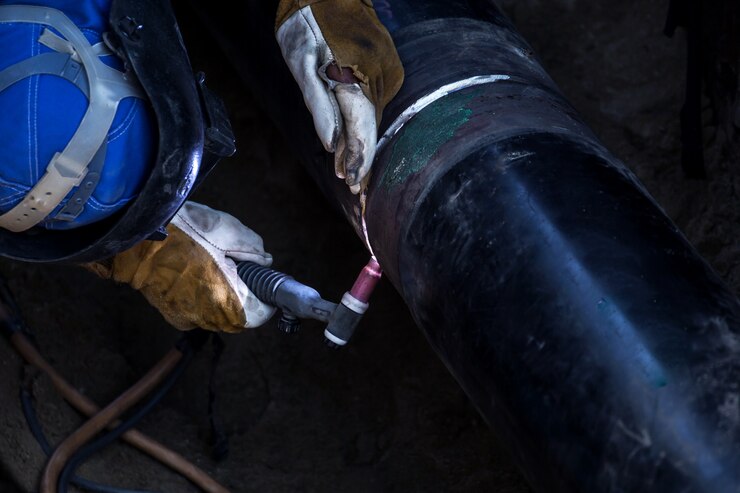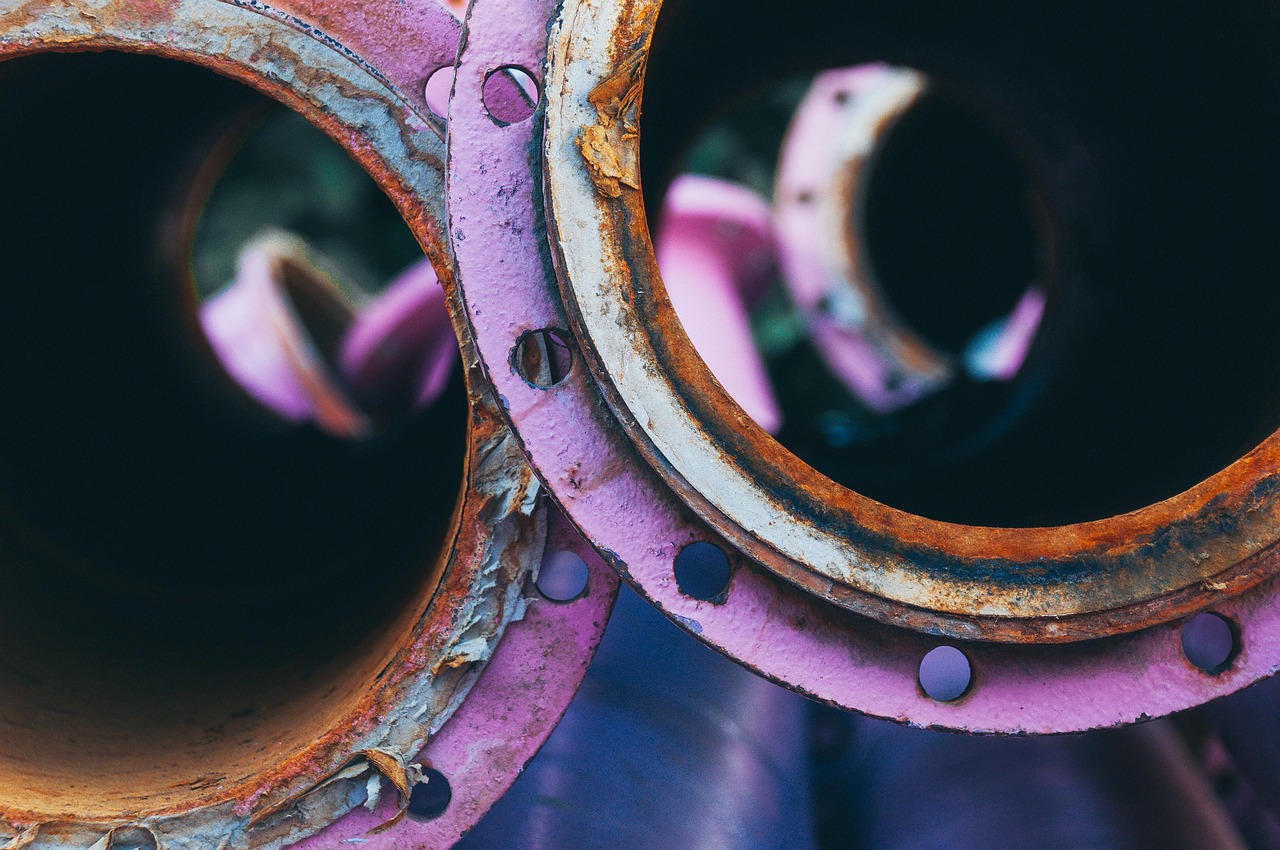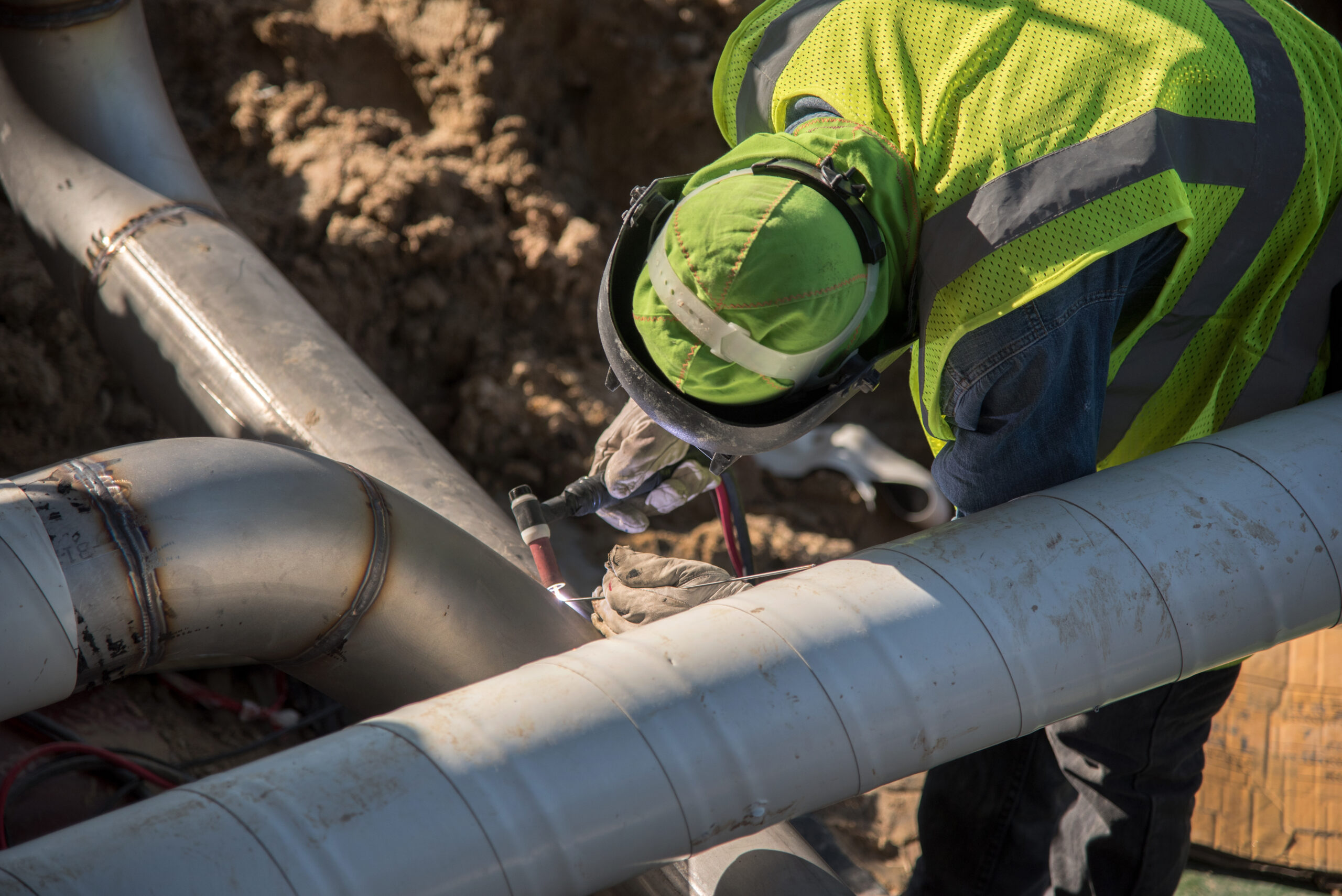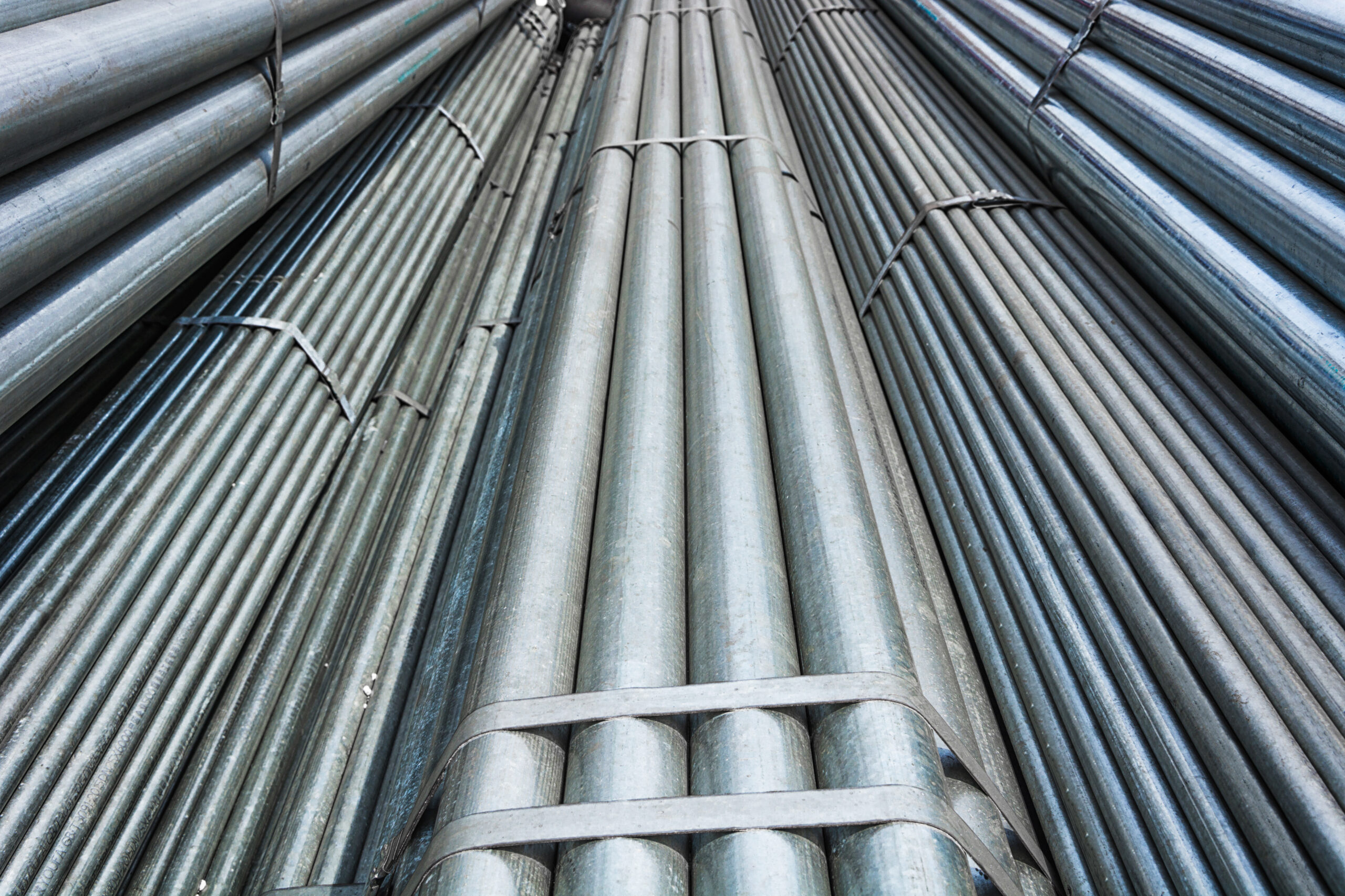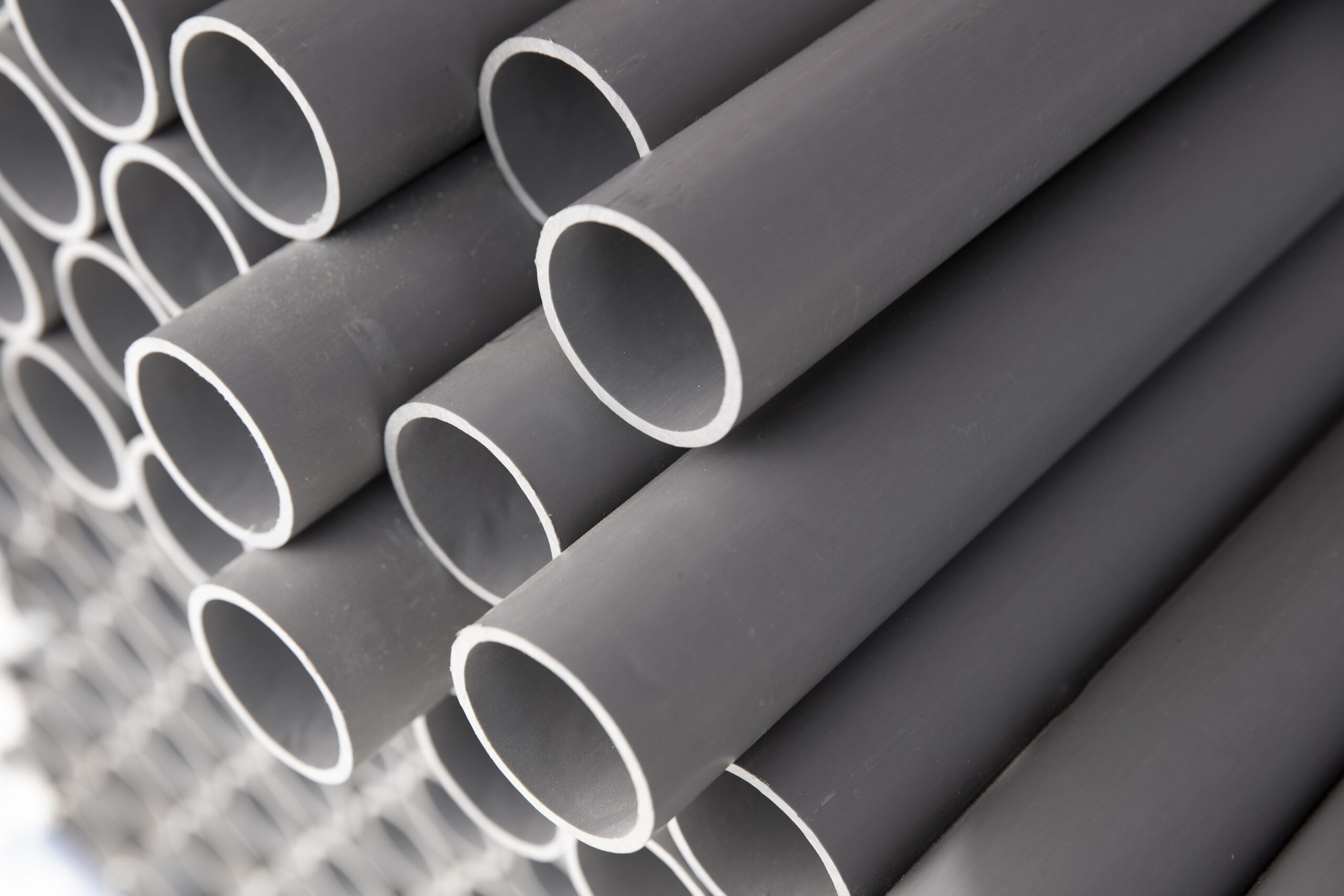Welded joint systems are a critical component of lined pipe construction. They provide a permanent, leak-proof seal between two pipe sections, ensuring the integrity of the lining and the pipeline. Moreover, welded joint systems also reduce the risk of corrosion and failure.
We widely recognize that welding is the best method for building pipelines onshore and offshore because of its safety, efficiency, and better welding inspection. Nevertheless, welding pipes with internal linings made from thermally conductive materials takes work.
However, during the welding process, high temperatures will destroy or degrade the internal lining at the weld zone. As a result, it causes corrosion that reduces the pipeline’s lifespan.
Welded Joint Systems: An Overview
In a welded joint of a lined pipeline, the extension piece generally surrounds the main pipe and has an inner wall. Then it connects to the main pipe by an annular weld. The main pipe has a liner that extends partially into the extension piece.
Moreover, the compression ring comprises a flange and a compression portion. In engaging the liner internally, the compression portion presses the liner outwardly against the extension piece, securing it.
The welded pipeline joint of a lined pipeline consists of:
- First of all, main pipe
- Extension piece with an inner wall and a tubular shape
- There is an annular weld connecting the extension piece to the main pipe; it has an open end opposite the main pipe.
- It has an internal diameter; a liner extends partially through the extension piece and partially through the main pipe.
- The compression ring contains a flange and a compression portion. The compression portion engages the liner internally and compresses it against the extension piece to seal the liner.
- The flange engages the liner and seals with it to prevent fluid from entering the extension piece.
- The flare forms The first annular weld at the terminal end of the liner.
- Moreover, a second annular weld forms a seal between the flange of the compression ring and the extension piece.
- There is an annular sealing shelf on the inner wall of the extension piece extending axially along the extension piece.
- Flange engages the extension piece’s inner wall with an outwardly facing surface.
- Lastly, an annular sealing shelf engages the terminal end of the liner.
LPS Technologies for Welded Joints
There are two main types of welded joint systems for lined pipe: SealSleeve™ and Joint Lock Rings.
SealSleeve™
Seal-Sleeve™ enables full penetration welding on pipelines with standard welding techniques. In addition to HDPE, PVDF, PEX, PPS, and UHMWPE, this system is compatible with several thermoplastic liners.
An innovative pull-through liner secures a highly reliable mechanical seal at a joint by locking it to the pipe wall. Furthermore, this seal protects the lining from welding heat and ensures that the lining remains continuous.
Benefits of Seal-Sleeve™
- Fast and easy installation: However, installing SealSleeve™ is fast and easy, requiring no special tools or equipment.
- Permits standard full-penetration weld: SealSleeve™ allows for a standard full-penetration weld of carbon steel pipe, the most robust and reliable type of weld.
- Protects the lining from welding heat: Furthermore, SealSleeve™ insulates the lining from welding heat, preventing damage to the lining.
- Prevents liquids from reaching the bare steel: SealSleeve™ creates a permanent, leak-proof seal that prevents liquids from reaching the bare steel behind the liner, ensuring the integrity of the lining.
- Compatible with a variety of thermoplastic liners: Additionally, SealSleeve™ can be used with a variety of thermoplastic liners, including HDPE, PVDF, PEX, PPS, and UHMWPE.
Applications of SealSleeve™
- Slurry pipelines: SealSleeve™ is an ideal solution for lining slurry pipelines, especially when abrasive materials are present.
- Water transmission and distribution pipelines: Moreover SealSleeve™ can be used in water transmission and distribution pipelines to protect the lining from corrosion.
- Chemical processing pipelines: SealSleeve™ linings are suitable for chemical processing pipelines.
- Mining pipelines: SealSleeve™ can protect the lining from abrasive materials and harsh chemicals.
- Oil and gas pipelines: SealSleeve™ provides a reliable solution for oil and gas pipelines where the lining faces high pressures and temperatures.
FlexSleeve®
A corrosion-resistant, flexible sleeve, FlexSleeve® blocks liquids from entering the weld zone and withstands welding heat. Additionally, using this technology, they protect the inside of welded joints in lined pipe systems from water and moisture damage by a patented process.
Furthermore, the Flex-Sleeve® is made of a thin, flexible sheet of metal that is easy to insert into the pipe and seal around the weld with ease. There is an additional process of welding the sleeve into place, creating a permanent seal that protects the lining from corrosion.
Advantages of Flex-Sleeve®
- Heat Resistance: Wider sleeves & thicker insulations reduce heat impact & do not slow down welding.
- Flexibility: Easy insertion and consistent seal quality are achieved with thin-gauge assembly.
- Weld Quality: Moreover, the flexibility of the weld results in a better fit, a more accessible root pass, and better weld quality overall.
- Large Diameters: Can accommodate pipes that are not round.
- Sealing: The bore seal is adjustable to accommodate all pipe ID tolerances and seals regardless of pipeline pressure.
- Automatic Welding: Lastly, works with internal lineup clamps and automatic welding systems
Applications of FlexSleeve®
- Slurry pipelines
- Water transmission and distribution pipelines
- Chemical processing pipelines
- Mining pipelines
- Oil and gas pipelines
Read: “A Comprehensive Guide to Welding joints”
Conclusion
Welded joint systems are an essential part of lined pipe construction. They provide a permanent, leak-proof seal that ensures the integrity of the lining and the pipeline. However, when choosing a welded joint system, it is essential to consider the type of lining material being used, the operating pressure of the pipeline, and the budget for the project.
The best welded joint system for a particular application will depend on the type of lining material being used, the operating pressure of the pipeline, and the budget for the project. In general, SealSleeve™ is a good choice for applications where fast and easy installation is essential. However, FlexSleeve® is an excellent choice for applications where the pipeline will be exposed to high pressures or abrasive materials.
For added protection, consider investing in SealSleeve™ or FlexSleeve® they protect to ensure that your pipeline from corrosion and moisture damage. Contact us today to learn more about our range of welded joint systems and to purchase the one that best fits your needs.

